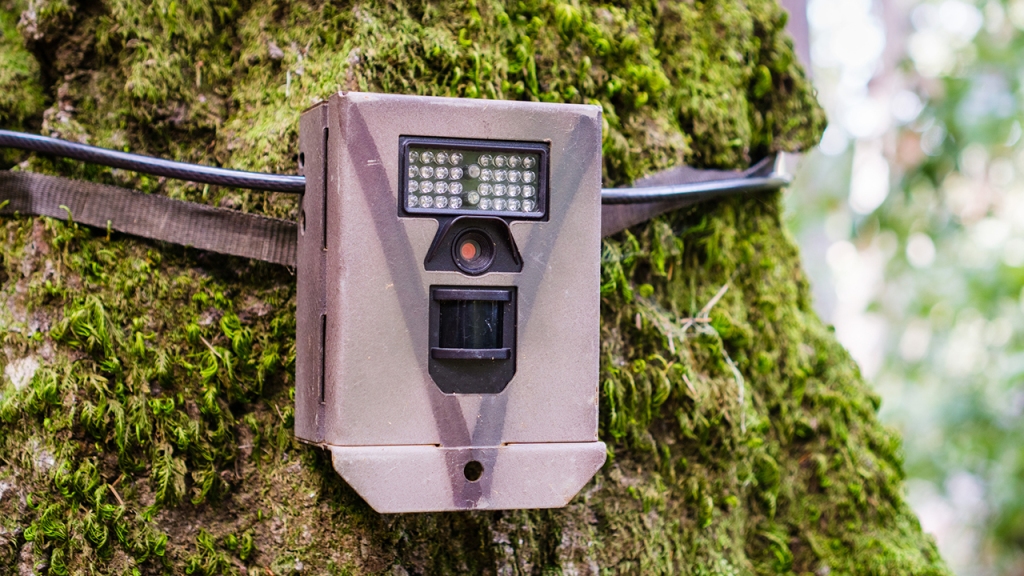The Chipko Movement, a powerful symbol of nonviolent protest and environmental consciousness that emerged in 1970s India, ignited a worldwide awakening to the significance of forest conservation. Led by the courageous rural villagers, particularly women, it became an inspiring example of standing up to protect trees and forests from destructive government-approved logging activities. Although the challenge of illegal deforestation persists, efforts are underway to combat this issue and promote a brighter future for our forests.

A recent ground-breaking research study conducted by Aryavalli, S. N. G., & Kumar, G. H. (2023) offers a beacon of hope in the battle against deforestation. Their innovative approach harnesses the potential of the Internet of Things (IoT), aiming to protect our forests through real-time monitoring and analysis. By seamlessly integrating IoT technologies, this transformational project empowers forest authorities with unprecedented precision to proactively prevent illegal logging activities. The research delves into the meticulous architecture of the IoT system, which is meticulously engineered and fortified with robust security measures. By embracing the Secure by Design principle, the study addresses potential vulnerabilities, ensuring an impregnable fortress to safeguard our invaluable forest resources.
In recent years, the application of IoT in environmental preservation has flourished, with advanced sensor networks enabling real-time data collection and analysis. These sensors have the capability to monitor various environmental factors such as temperature, humidity, motion, and vibrations, offering a comprehensive understanding of the forest ecosystem.

The fundamental IoT architecture model comprises three layers: Application, Network, and Perception. However, there are ongoing efforts to refine these layers into Middleware-based, SOA-based, and Five-layered architectures to cater to specific application scenarios and requirements. While there isn’t a universally accepted reference model for IoT architectures, many projects aim to develop common frameworks suited for various domains and demands.
The research envisions a future where technology and environmental stewardship work hand in hand to nurture a sustainable and thriving ecosystem. The proposed IoT-driven solution serves as testament to human ingenuity, epitomizing the unwavering commitment to collaboration and continuous exploration. Through these endeavors, global conservation efforts can flourish, ensuring the eternal legacy of the Chipko Movement in the form of cutting-edge technology and ecological preservation.

IoT Architecture by Aryavalli, S. N. G., & Kumar, G. H. (2023). Futuristic Vigilance: Empowering Chipko Movement with Cyber-Savvy IoT to Safeguard Forests. Archives of Advanced Engineering Science, 1-16.
With perseverance and determination, we can forge a path toward a world where our forests thrive, and the harmonious coexistence of nature and technology leads us to a better tomorrow. Together, let us embrace the optimistic possibilities that lie ahead and work tirelessly to protect and cherish our lush heritage for generations to come.

